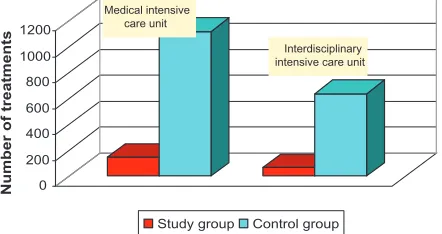Trends in intensive care in patients over 90 years of age
Full text
Figure



Related documents
Inversion routines are the vital basis for converting mea- sured electrical particle mobility distributions into final parti- cle number size distributions taking into account
[] studied the unsteady natural convection flow of a viscous incompressible elec- trically conducting fluid past an impulsively moving vertical plate in a porous medium with
Motivated by the previous regularity criteria results on the MHD and Navier-Stokes equations, the main purpose of this paper is to investigate the pressure regularity criteria of the
for SMEs, large firms and all firms (Table 5) indicates that while the effects of most firm characteristics, such as firm size and initial level of productivity, remain robust
If one compares the heater temperature distributions in the cases of radiation conduction and pure radiation heat transfer with each other, it can be found that with omitting
In general, the indirect selection of tomato genotypes for the zingiberene allelochemical content and high density of type IV and type VI glandular trichomes in
In a study conducted by Tandon R, 33 patients with type 2 diabetes mellitus, aged 41- 72 years with no clinical history suggestive of coronary heart disease, were
Finally, the regional e ff ects — farmers in Blantyre (southern region) are clearly less e ffi cient than the farmers in Lilongwe (centre) and Mzuzu (northern region) — may result